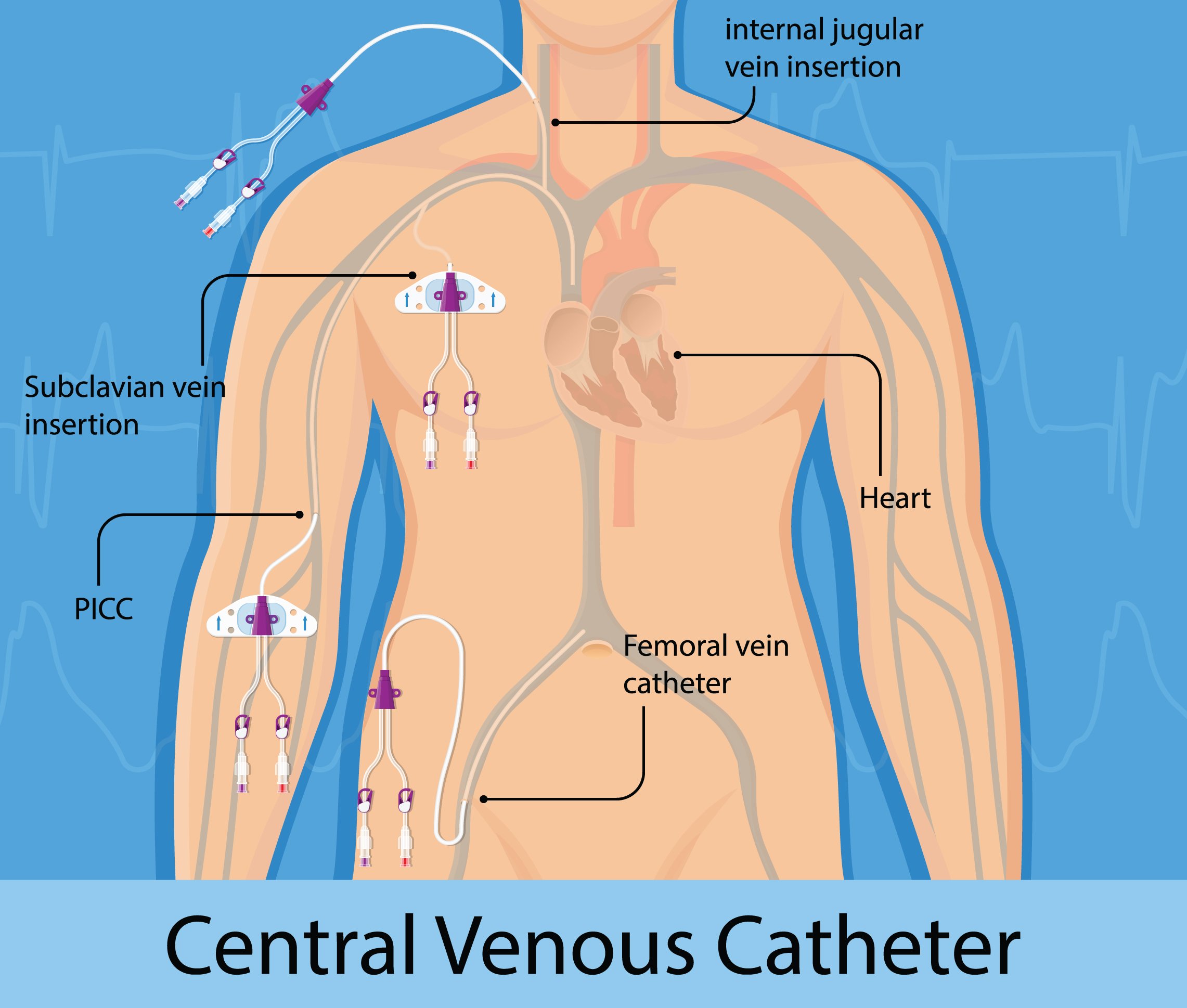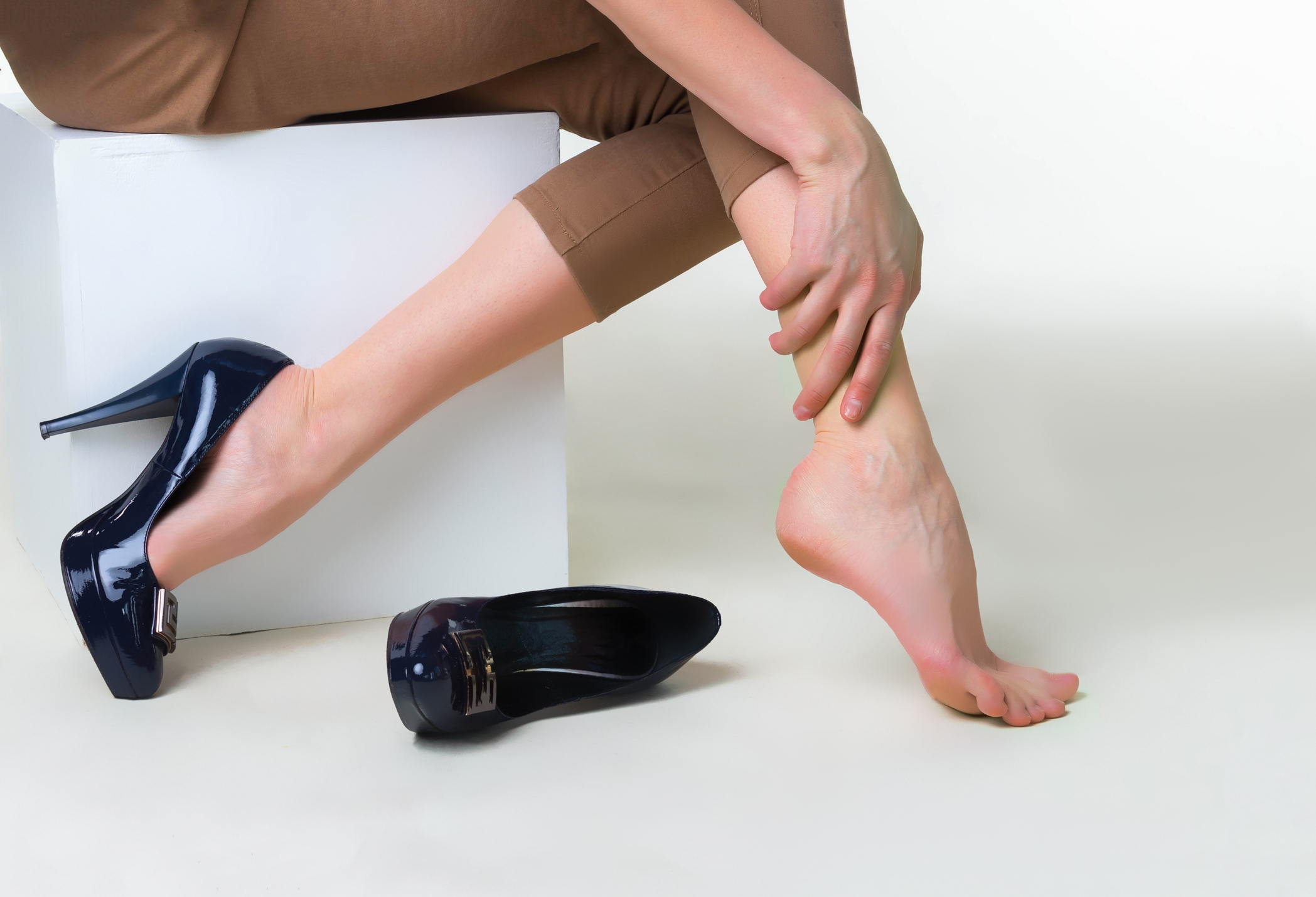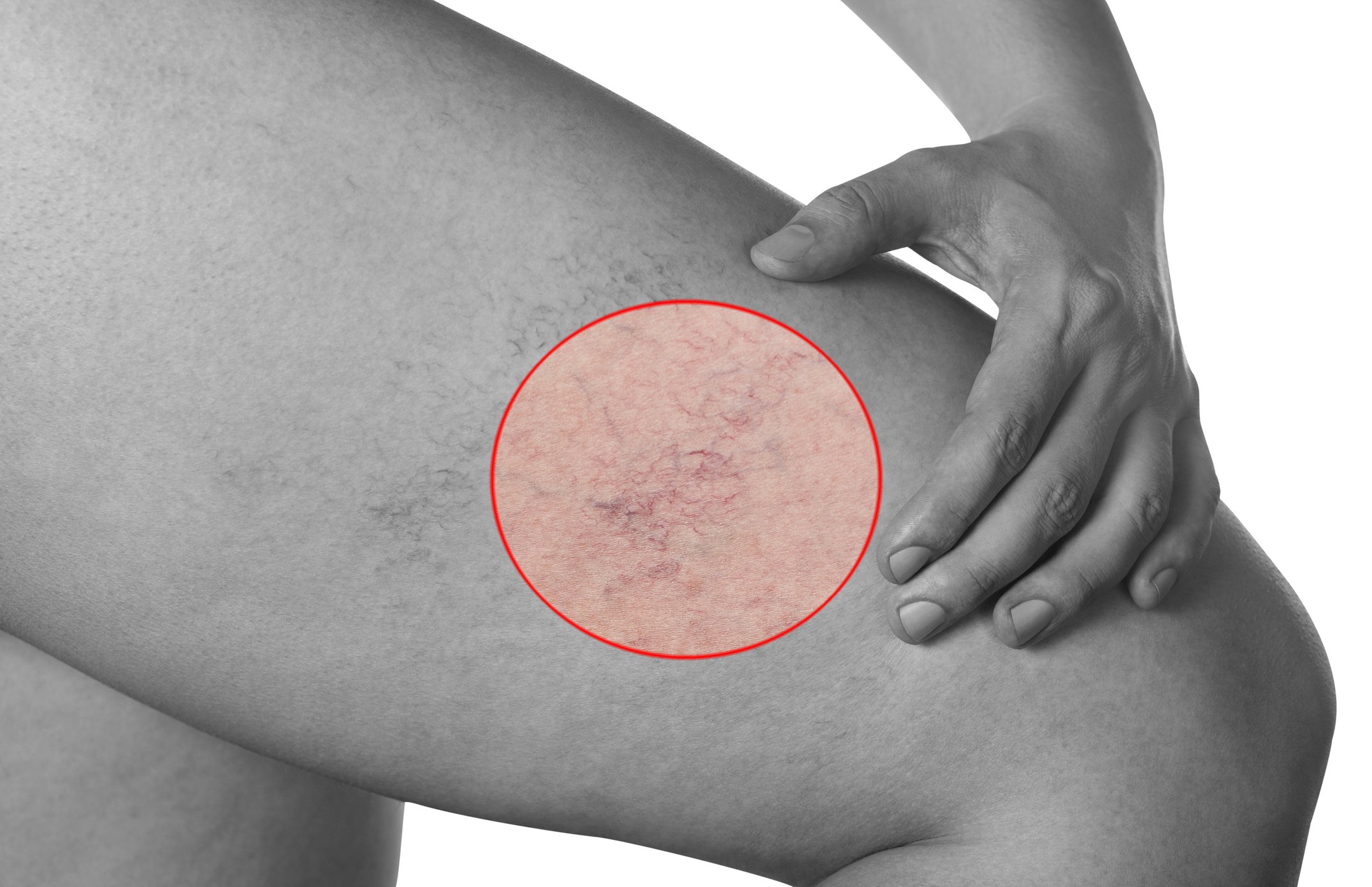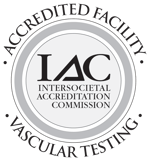With September being Peripheral Artery Disease Awareness Month, we wanted to focus on this disease as over 8 million Americans suffer from it, and it can be associated with a host of other issues such as heart disease and stroke.
While treating you for certain medical conditions, your physician may choose to supply you with a central venous catheter (CVC). It is also referred to as a central line. It boasts the ability to smoothly deliver medication, nutrients, blood, and fluids and allows for quick sampling of blood to perform various medical[…]
Varicose veins, spider veins, and reticular veins may be a cosmetic concern for some people, but for others, it can be quite painful and affect their quality of life. Vein disease is very common with over 80 million people in the United States suffering from some type of vein issue. Even though they may seem the same,[…]
As improvements in medical technology have evolved over the years, so have the ways of classifying venous diseases. In fact, up to 1993, doctors did not have a way to uniformly diagnose and compare chronic venous disorders.
July is UV Safety Awareness Month and with summer in full swing and more skin exposed to the warm sun, this is a good time to remind you of the dangers of ultraviolet (UV) radiation and how they may relate to spider veins.
At the Vein Institute of NJ, we realize people may not be familiar with the blue- or purple-colored veins appearing on their legs. While spider veins and varicose veins are better known, reticular veins are less common. They tend to be smaller than varicose veins and non-protruding on the skin, but yet they do create[…]













.jpg?width=944&name=Castle-Connolly-Top-Doctors-Emblem-Large%20(4).jpg)